
Dybdall Gristmill
In the ruins of the Dybdall Gristmill on Lake Chapman, south of Cheney, is the story of the hard work and resourcefulness of Ole Dybdall and the milling business he built on the property in the first half of the 20th century. After taking over the property in 1896, Dybdall built the multi-stage mill that was powered by water running though a flume. Multiple spinning shafts and pulleys moved the power to various places in the mill and displaying the sophisticated engineering involved in the design and operation. For more than 40 years, farmers hauled wheat down the dusty country roads to Chapman Lake to be ground into flour. According to the Historic Preservation Office of Spokane and Spokane County: "At its peak in the 1920s, the Dybdall Grist Mill produced 30 barrels a day. As a result of its eight-stage roller grinding process (in comparison to the standard six-stage process), the mill was well-known throughout the area for the finest baking flour available." A historical photo of the mill can be seen www.historicspokane.org Look under "listed properties" for the Dybdall Gristmill.
Section:Picture story
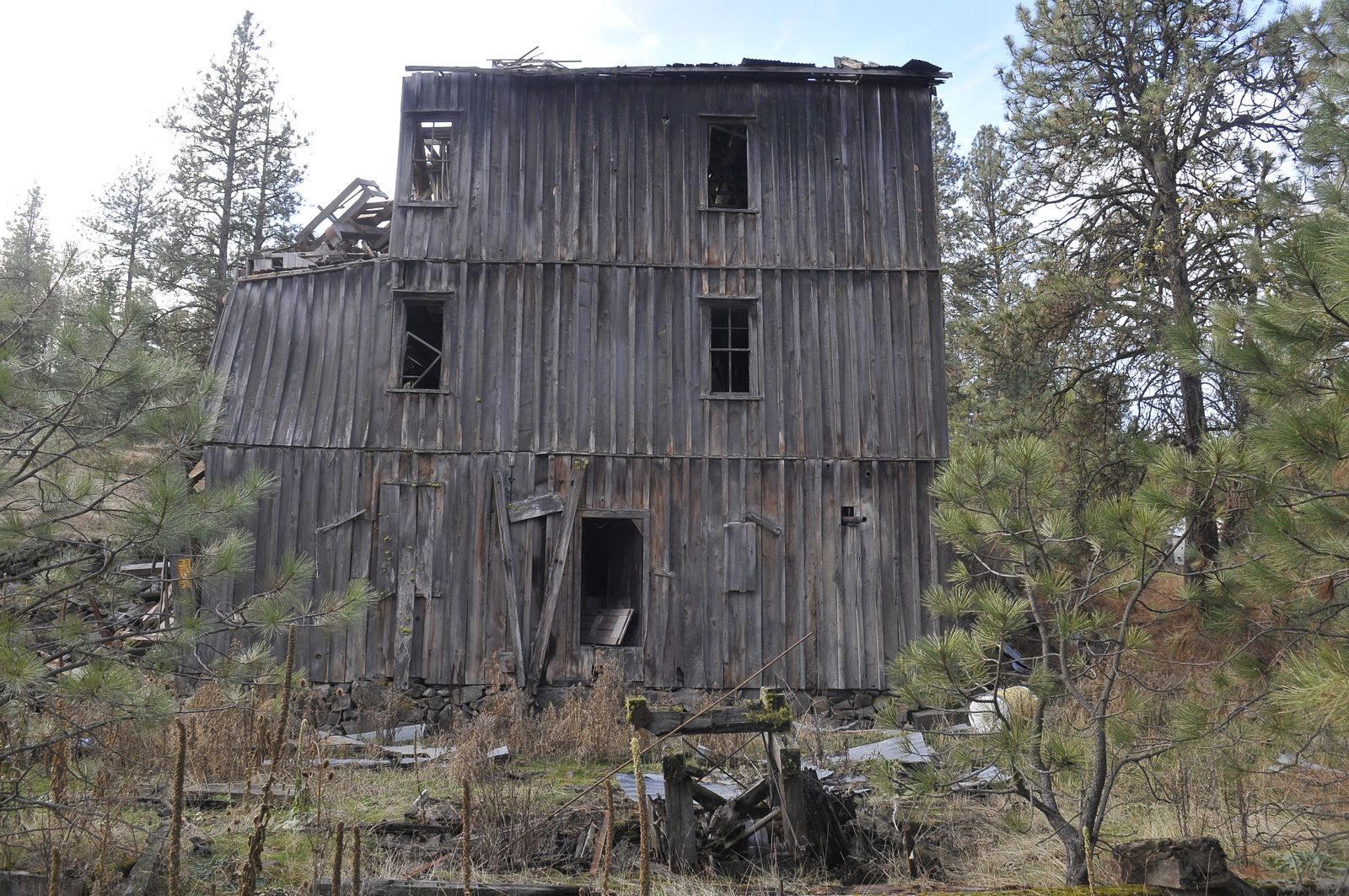
The once three-story mill housed an eight-stage rolling mill that ground flour for more than 40 years.
JESSE TINSLEY The SPOKESMAN-REVIEW
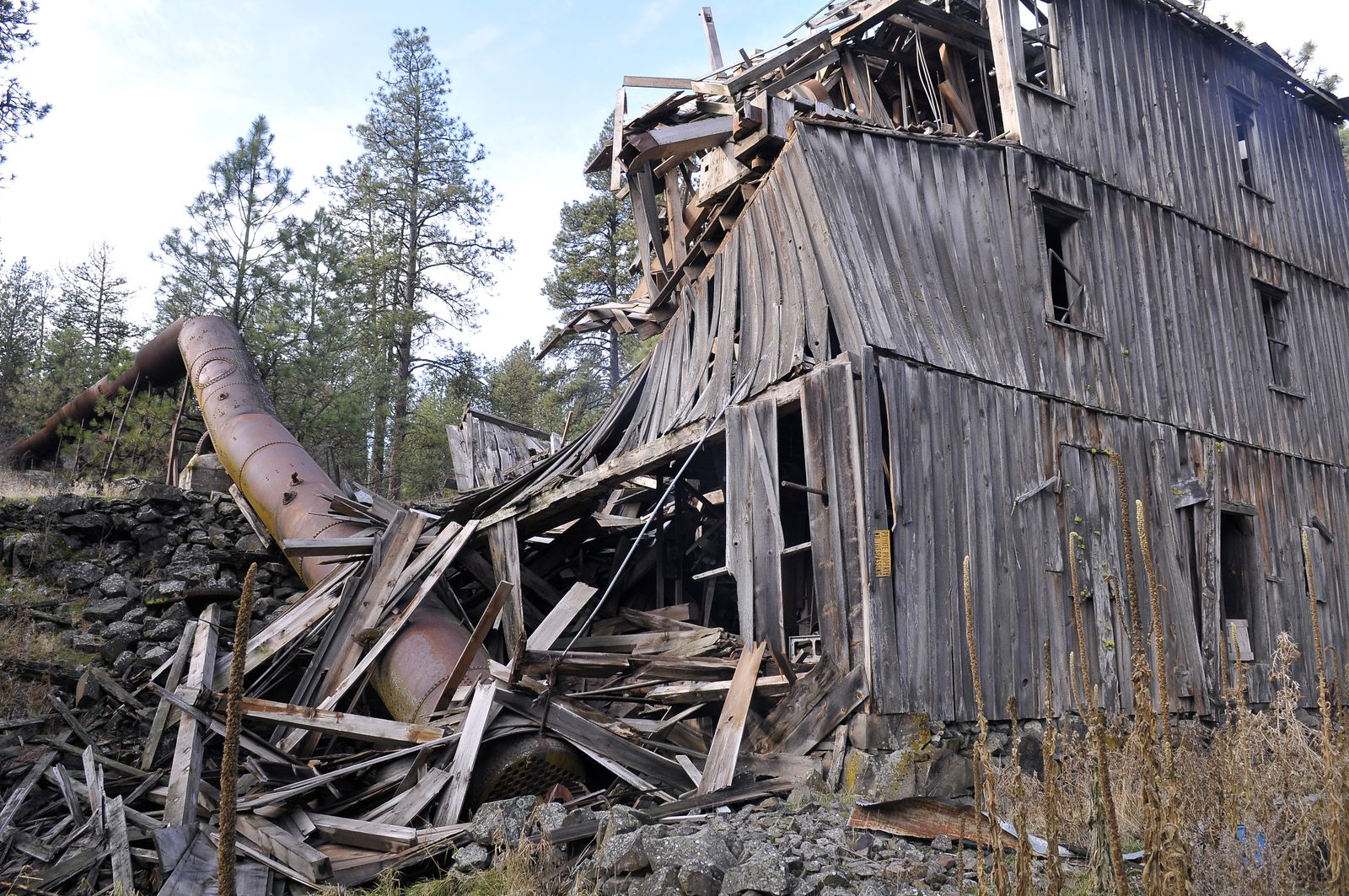
Filled with century-old technology used to produce flour from grain, the Dybdall Grist Mill is slowing disintegrating from weather, rot and gravity.
JESSE TINSLEY THE SPOKESMAN-REVIEW Buy this photo
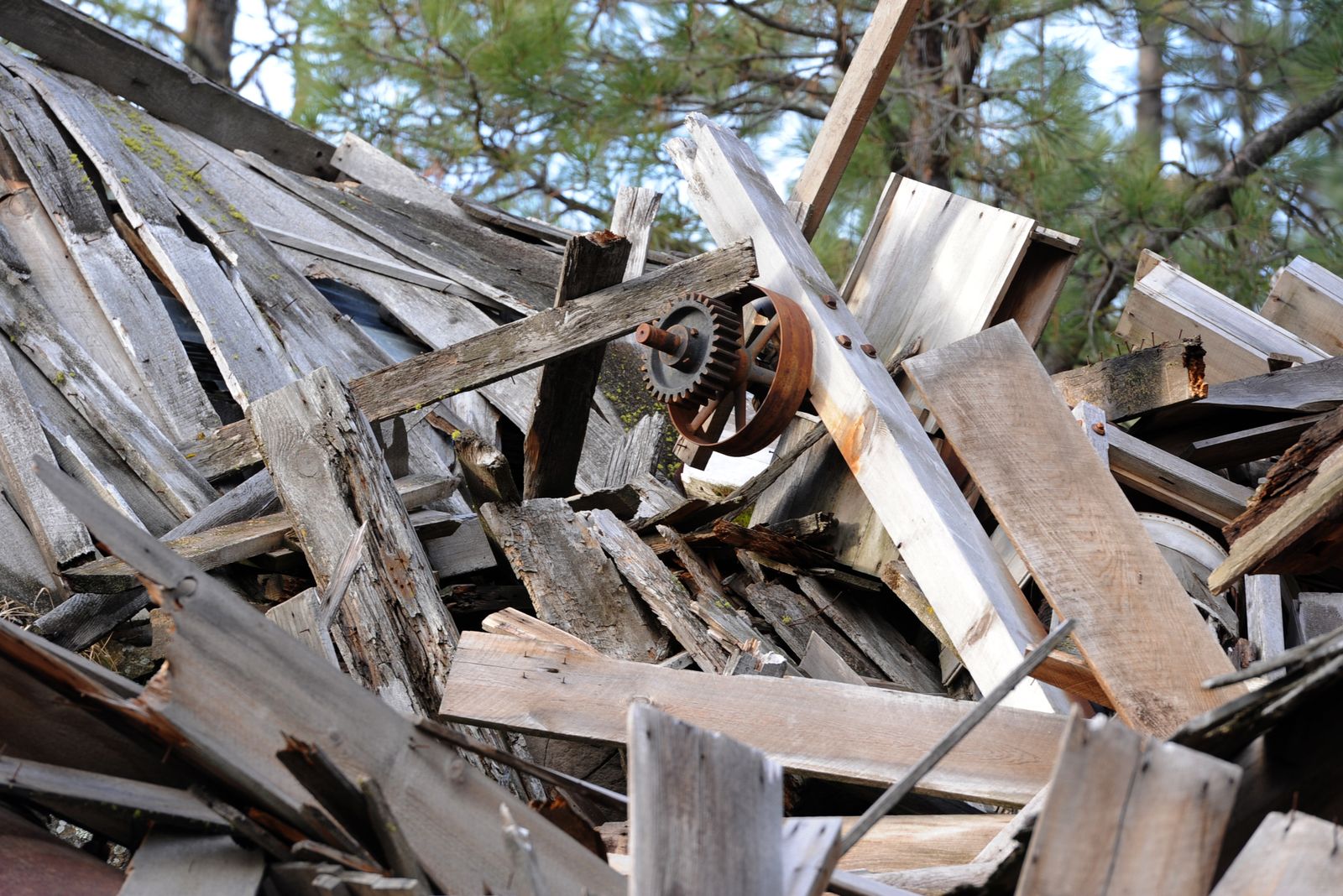
Gravity has taken a toll on the century-old mill.
JESSE TINSLEY THE SPOKESMAN-REVIEW
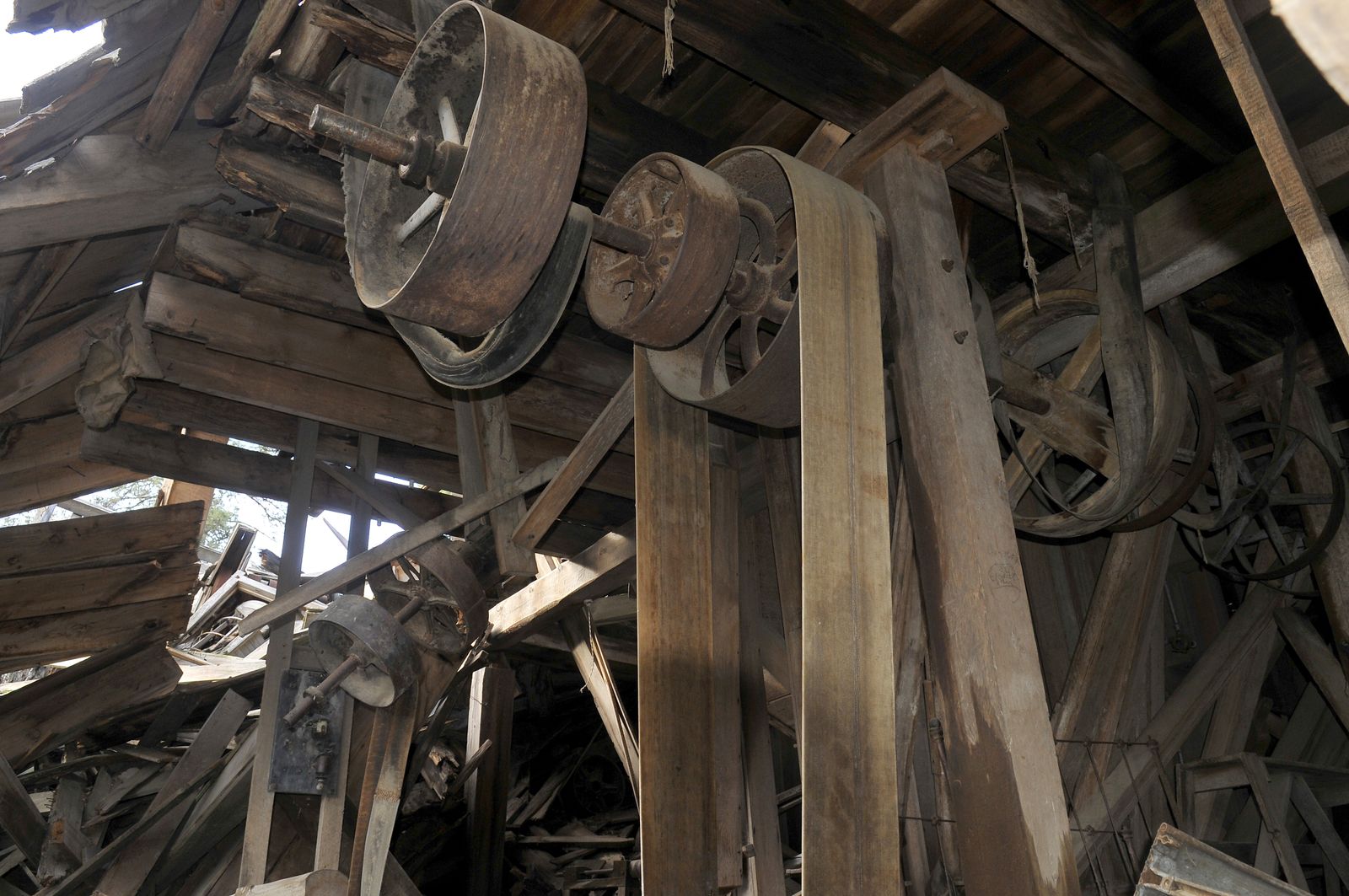
The sophisticated engineering using the available technology is evident in the structures still visible in the old mill.
JESSE TINSLEY THE SPOKESMAN-REVIEW
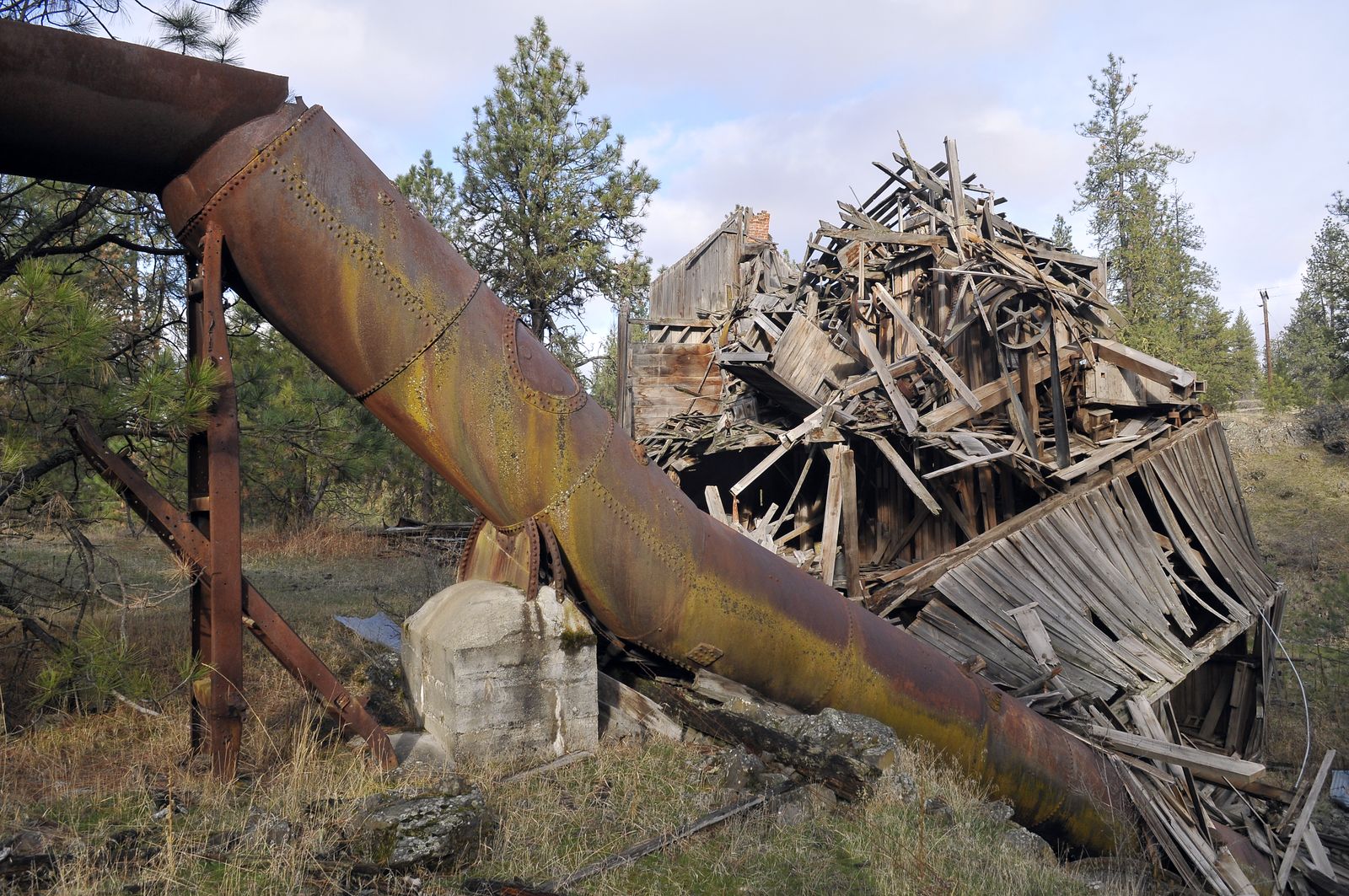
A large steel flume carried water down a steep incline to a turbine which powered the mill.
JESSE TINSLEY THE SPOKESMAN-REVIEW

The building is mostly collapsed and unsafe to enter. It sits on private property.
JESSE TINSLEY THE SPOKESMAN-REVIEW

Various stages of the milling machinery can be seen amidst the wreckage.
JESSE TINSLEY THE SPOKESMAN-REVIEW
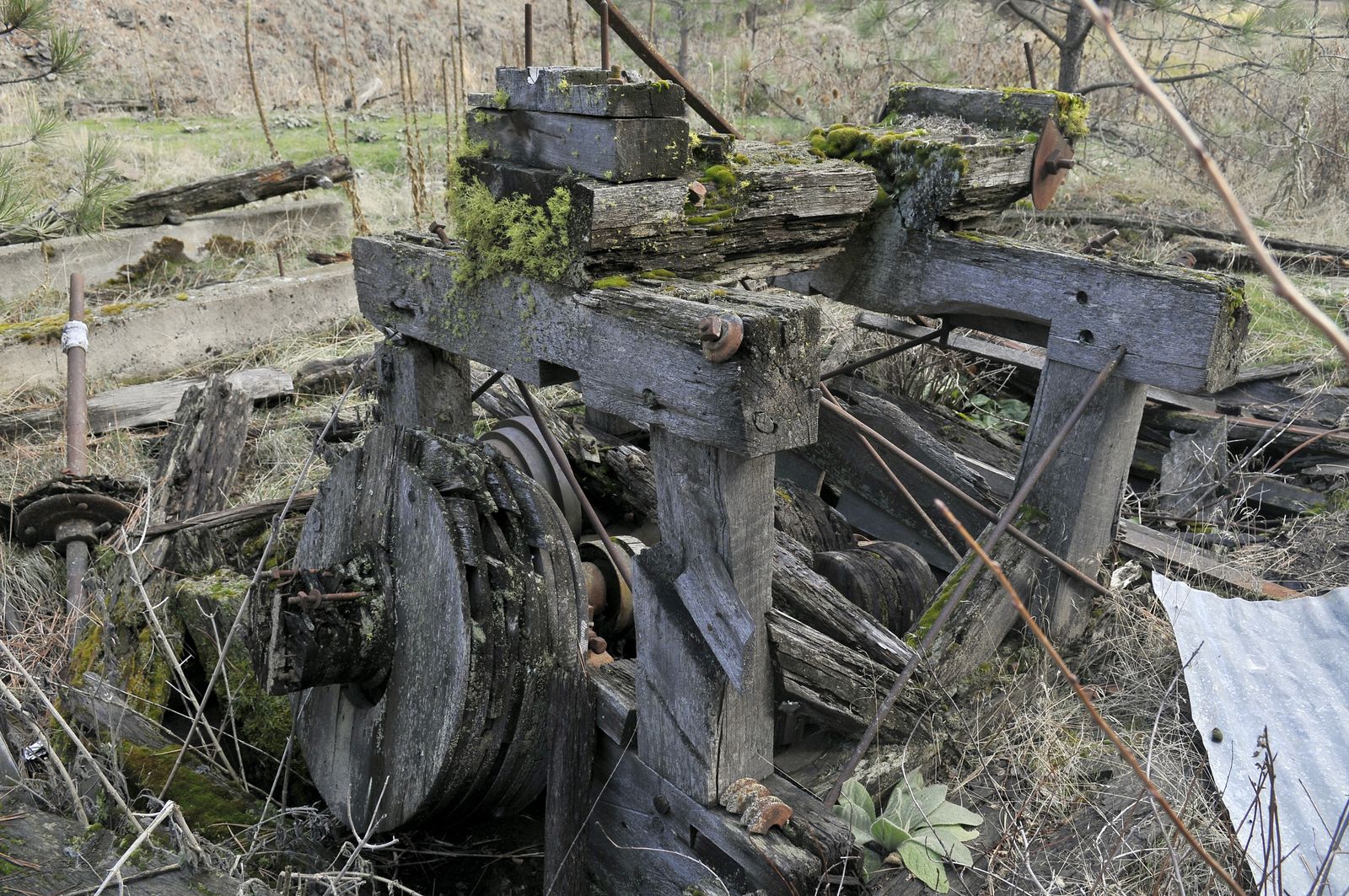
This is believed to be the stand for a small saw mill that was probably powered by a belt that came out the side of the mill.
JESSE TINSLEY THE SPOKESMAN-REVIEW

The steel flume, which was altered over its lifetime, is supported by the frames of Model T cars and similar vehicles, evidence that Ole Dybdall and others had to scrounge for materials to create it.
JESSE TINSLEY THE SPOKESMAN-REVIEW
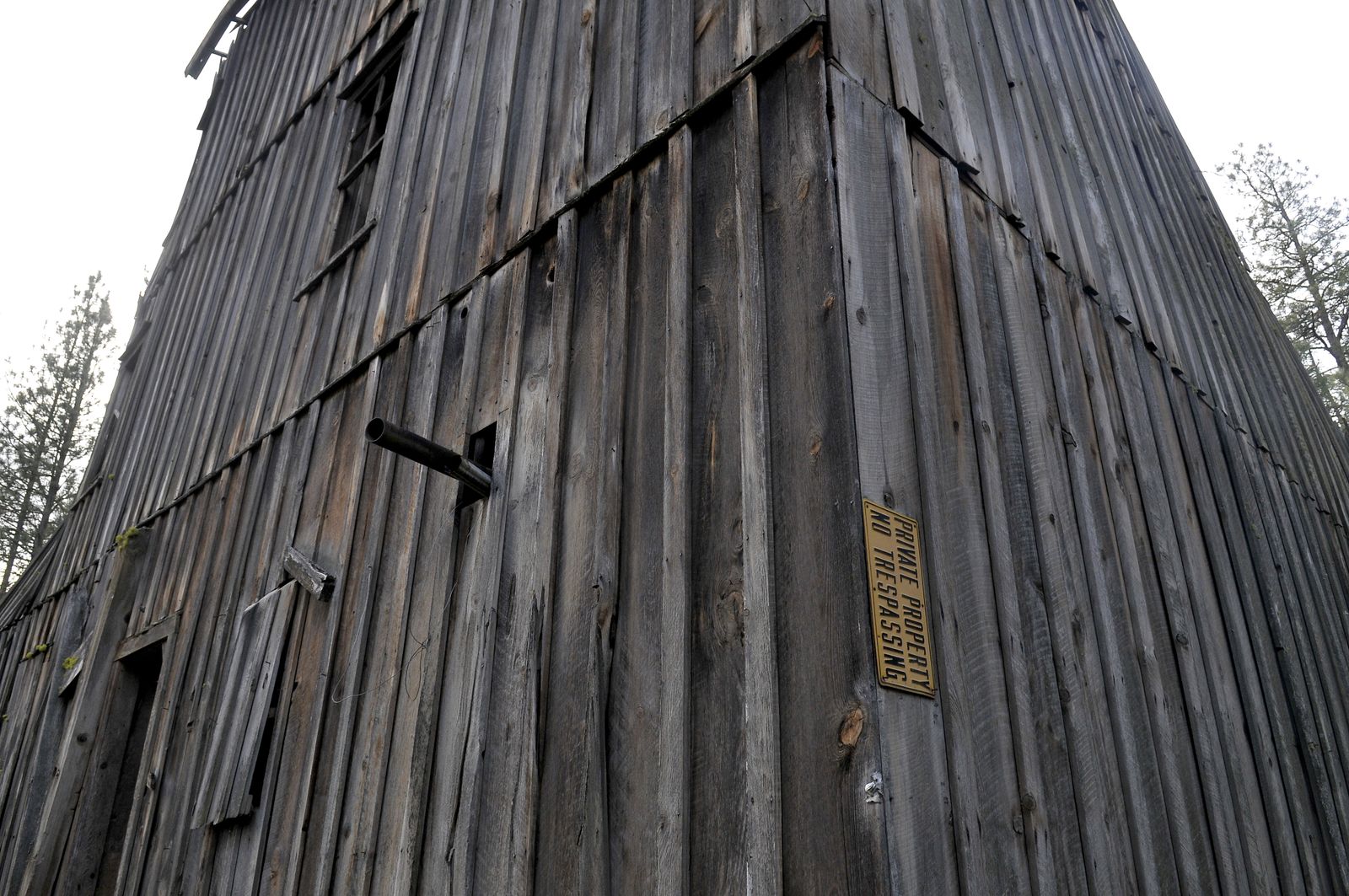
Although the structure appears intact, much of it has succumbed to weather and rot.
JESSE TINSLEY THE SPOKESMAN-REVIEW